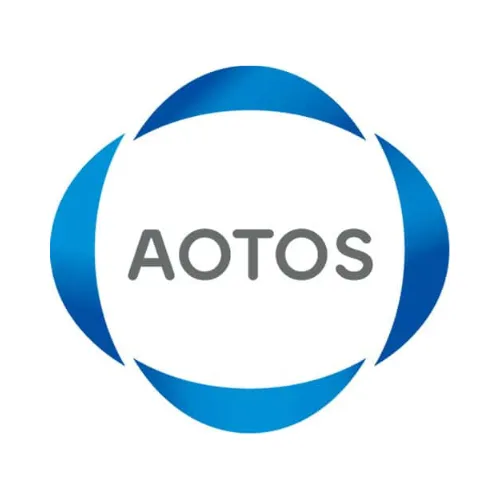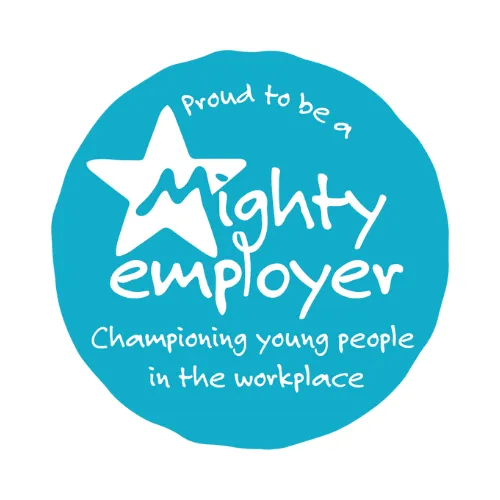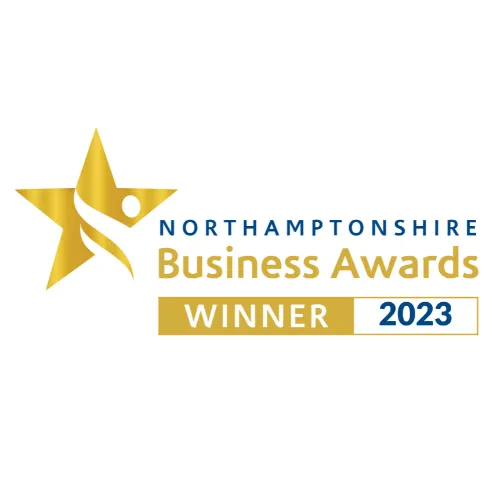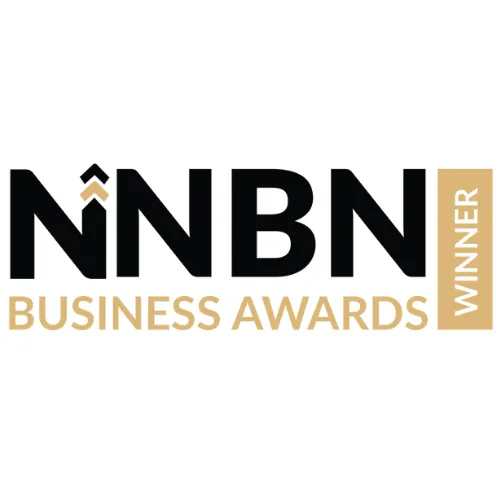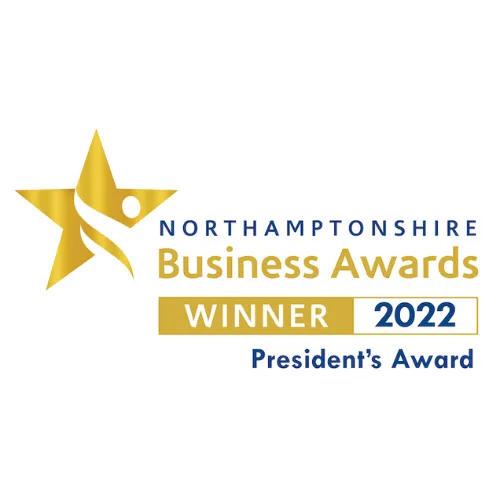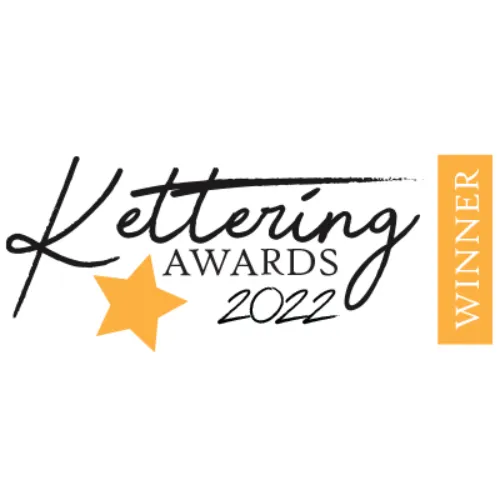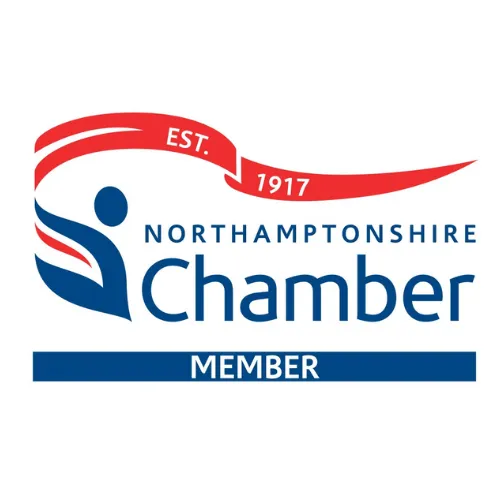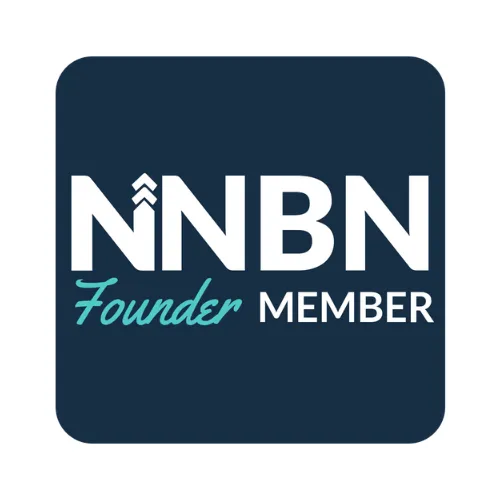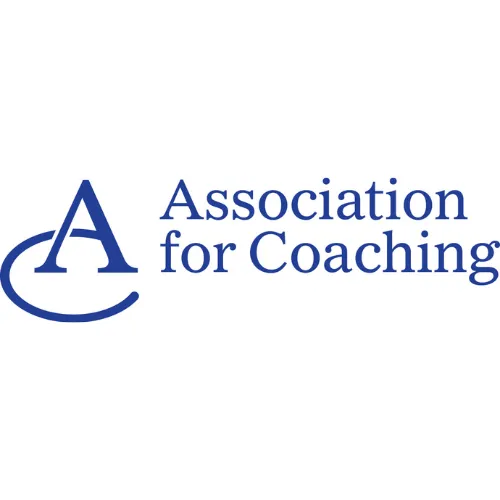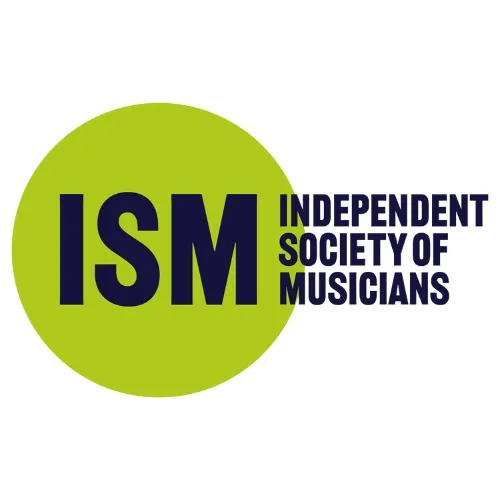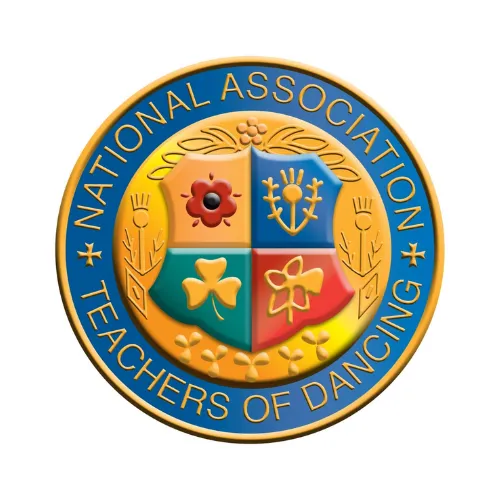Welcome to our Learning Hub
Empower Your Curiosity
Insights, Stories, and Tips for the Inquisitive Mind
Our Story and Mission
Our journey began in the vibrant world of creative arts, a path that has not only shaped us as artists but as leaders, educators, and advocates. Through the arts, we discovered powerful skills — creativity, communication, resilience — that transcend the studio and stage, enriching our lives in education, business, and community leadership. Inspired by our own transformation, we're dedicated to unlocking this potential in others. Our mission is to guide individuals in exploring their creative talents, developing their personal and professional skills, and empowering them to lead and inspire in all aspects of their lives.
Our ethos is simple – everyone has a story to tell, a song to sing, or a dance to share. We believe in the transformative power of the arts to enrich lives and communities. By making arts accessible to all, we aim to foster confidence, creativity, and a sense of belonging.
So, dive in! Explore, learn, and let us know if there's something specific you're curious about. We're here to help, one post at a time.

Why Master Apprentice is Outdated
The Master Apprentice approach, a historical way of teaching, is simple: a master imparts knowledge, and the apprentice soaks it up. It’s a clear transfer of knowledge from the experienced to the inexperienced. At BHVA, we've observed that this model has its limitations and believe there is no place for it in our modern society.
Why We're Not Fond of the Master Apprentice Approach
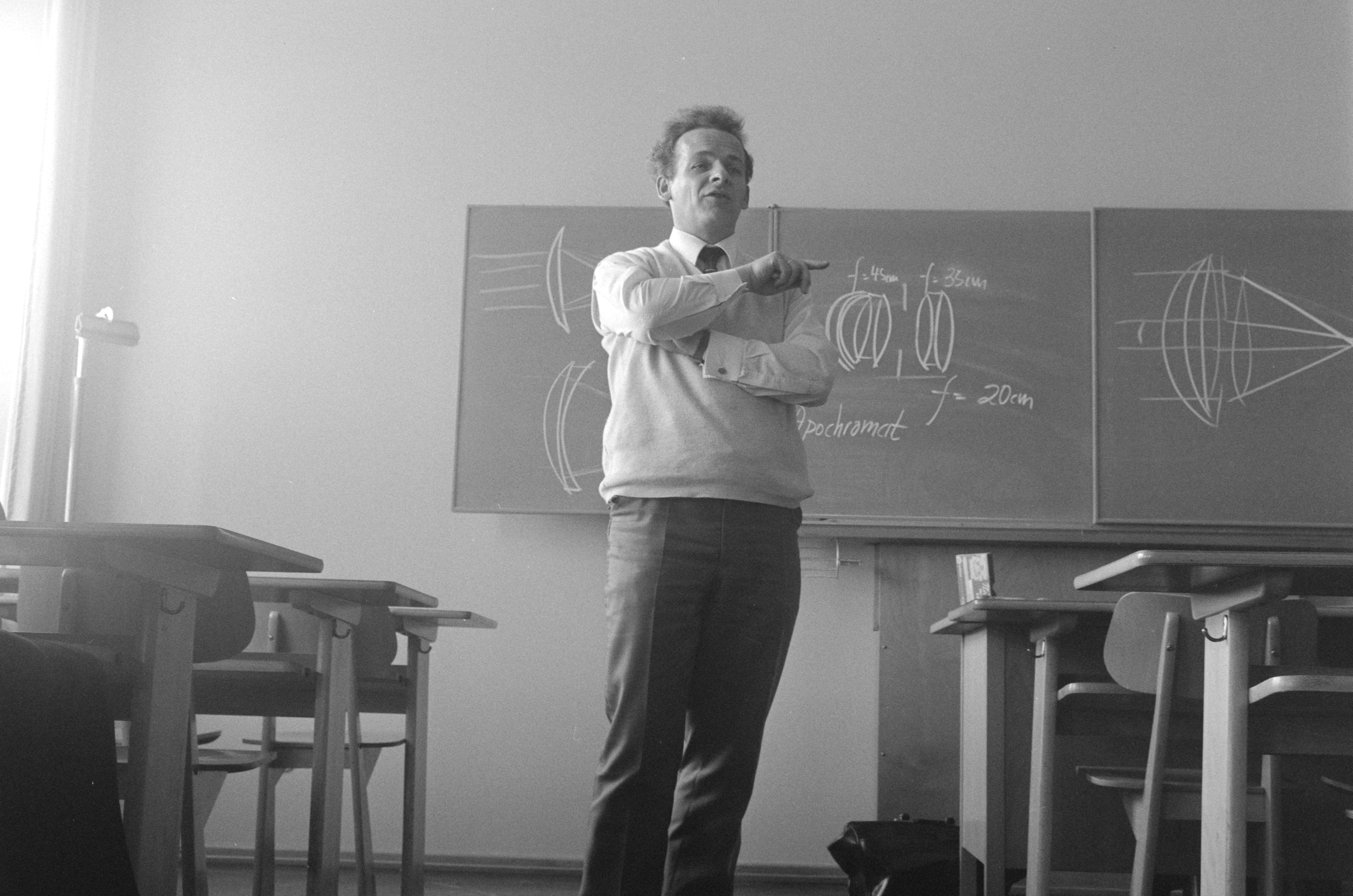
The Master Apprentice method often narrows down learning to a series of dictated scripts and then lot’s of 'whys'. The moment someone asks "why" in this setup, the learner is on the back foot, forced to defend or justify their thinking. It feels like a demand for a single correct answer, when in reality, there are many paths to understanding. This method also creates an over-reliance on the master. It’s like following a single recipe in a cookbook without understanding the ingredients.
Additionally, the world of business and personal development has shown us that a one-size-fits-all strategy rarely works. Businesses, markets, and individual values are so varied that a singular route or recipe can't cater to everyone's needs. The world is more complex, and the Master Apprentice model, in its traditional form, doesn’t address these variations and intricacies.
Expanding on its Outdated Nature
Lack of Personalisation: Our world is riddled with variable factors – from target audiences and markets to individual values and personal experiences. The Master Apprentice approach assumes a universal solution for diverse problems.
The Creativity Constraint: At BHVA, we've seen first hand the importance of creativity. This approach doesn't leave room for experimentation and personal growth. It's a regimented path where straying is often discouraged.
Dependence Over Independence: Instead of fostering independence, it creates an environment where learners wait for answers. They're not encouraged to find solutions, leading to a passive rather than active learning experience.
Generational Gaps: Today’s generation, especially post-COVID, has a unique set of experiences and challenges. The traditional model doesn't necessarily account for these. We've observed a tendency in this model to "spoon-feed", depriving learners of the chance to be proactive in their education.

To truly evolve it’s essential to adapt and ensure that we're fostering an environment where every learner, employee and individual can thrive.
Tips to Avoid Falling into Master Apprentice Approach:
Promote Questions Over Answers: Encourage learners to ask questions and share their perspectives.
Position Matters: Be mindful of where you stand or sit. A simple change can shift the dynamics of interaction.
Embrace Diverse Learning Styles: Everyone is unique. Adopt a flexible approach that caters to individual needs.
Empower Peer-to-Peer Learning: Group sessions can be a goldmine for diverse perspectives. Encourage collaboration.
Takeaways for Your Own Practice:

Reflect on Delivery: After imparting information, ask learners how they perceived it. It promotes clarity and ensures everyone is on the same page.
Step Into Their Shoes: Understand the learning process from their viewpoint. This helps in fostering empathy.
Promote Ownership: Encourage learners to take responsibility for their own learning journey.
Always Be Open to Feedback: If a learner didn’t grasp a concept, look for alternative ways to explain. Remember, it’s about mutual growth.
At BHVA, we believe that embracing this will create a more inclusive, understanding, and successful learning environments. We understand that the Master Apprentice approach can be a polarising topic, and we’d love to hear your thoughts. If you want to hear us chatting more about this head over to our youtube channel https://www.youtube.com/channel/UCnkauy-T6gJIxUFpgHquzog
Sign Up to BHVA Insights
Catch the latest on events, offers, and fresh ideas.
All delivered to your inbox every fortnight.
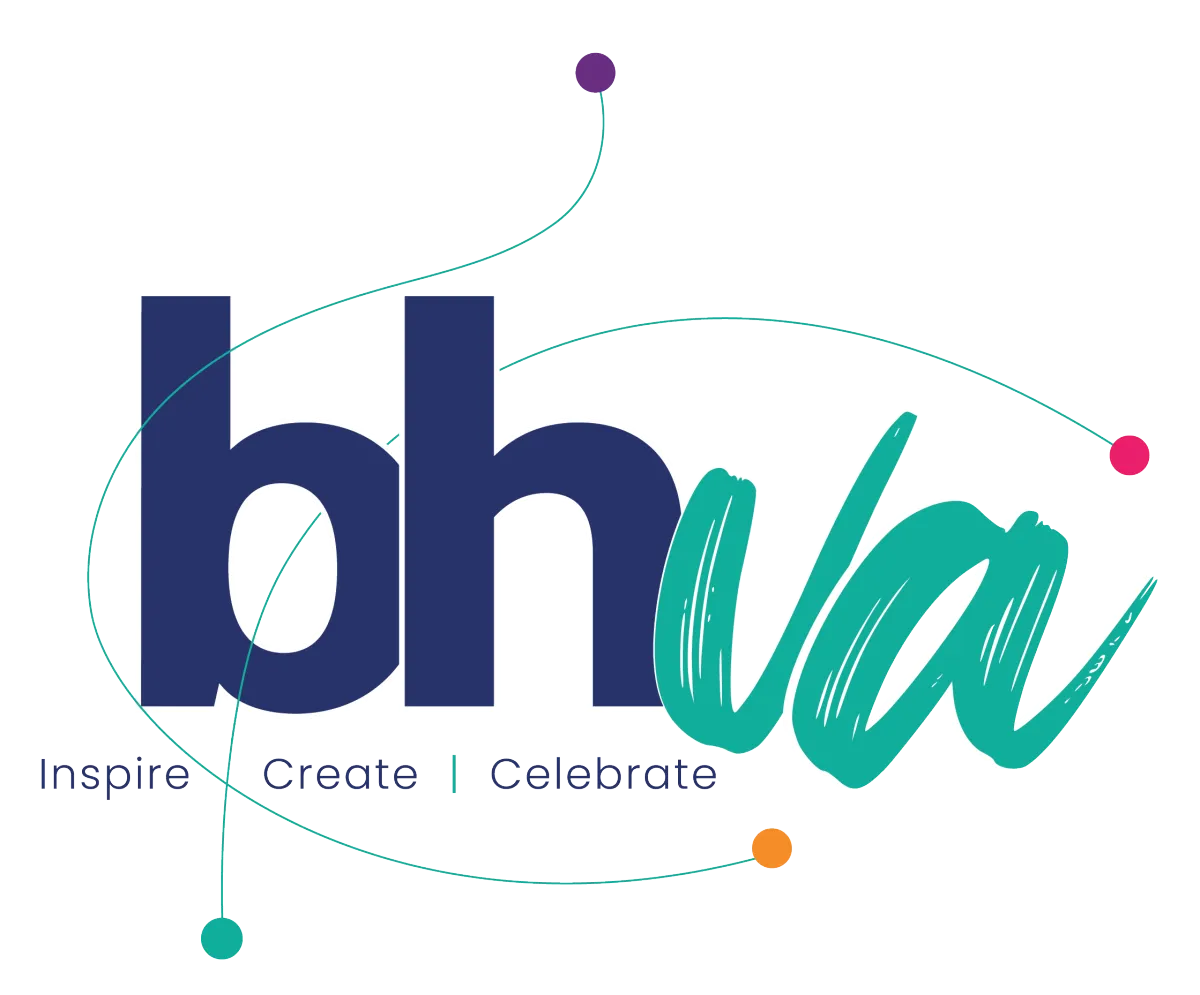
Beccy Hurrell Voice & Arts Limited is registered in England. Company No: 13263202. Registered office: 10 Kirby Street, Kettering, NN15 5GR

